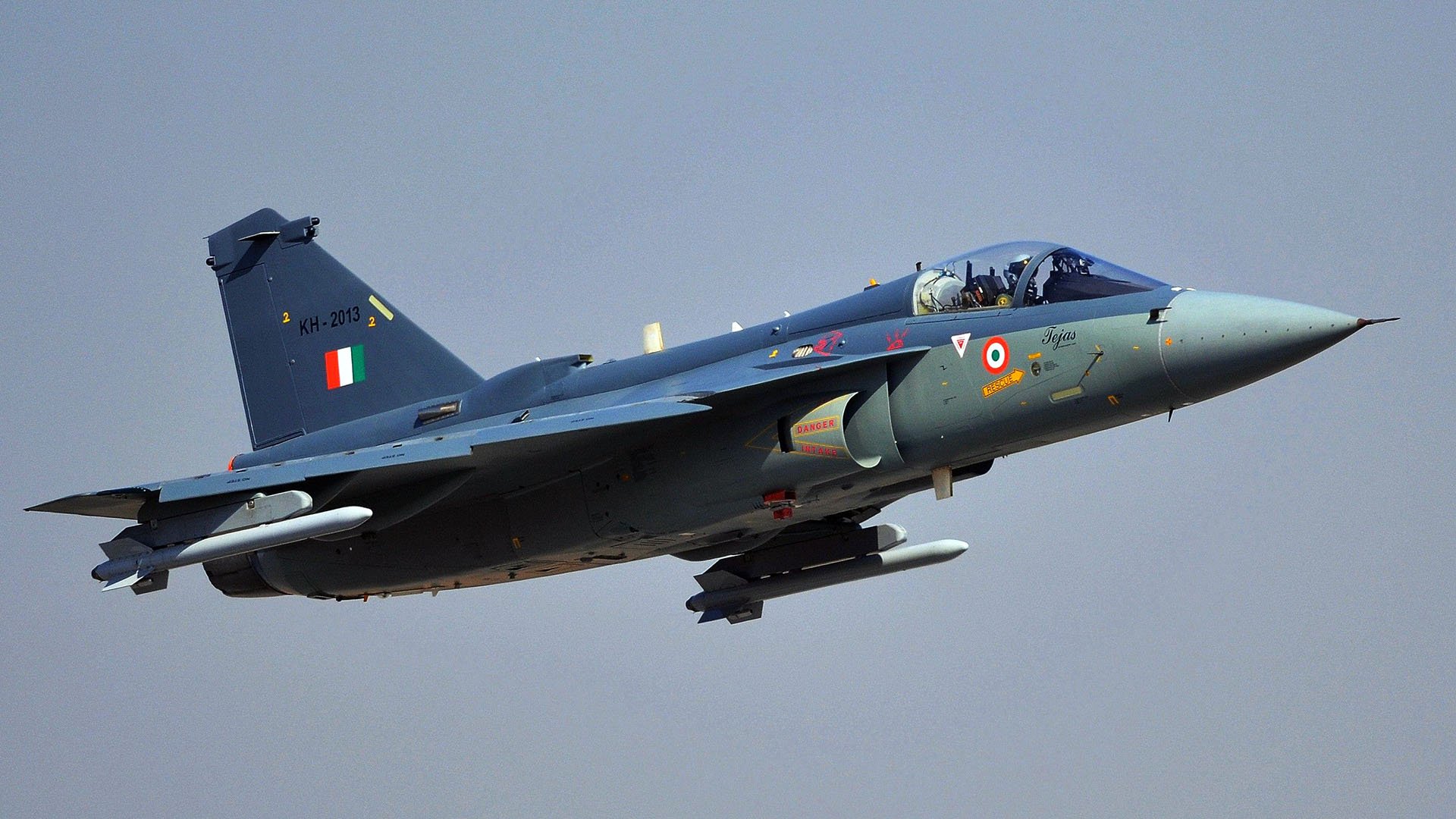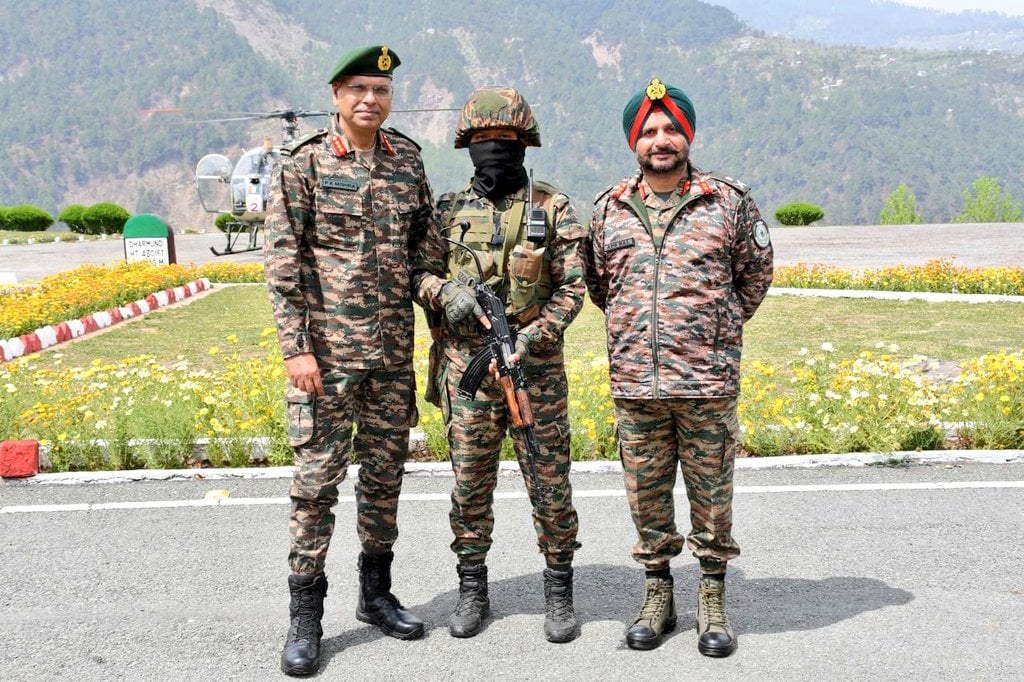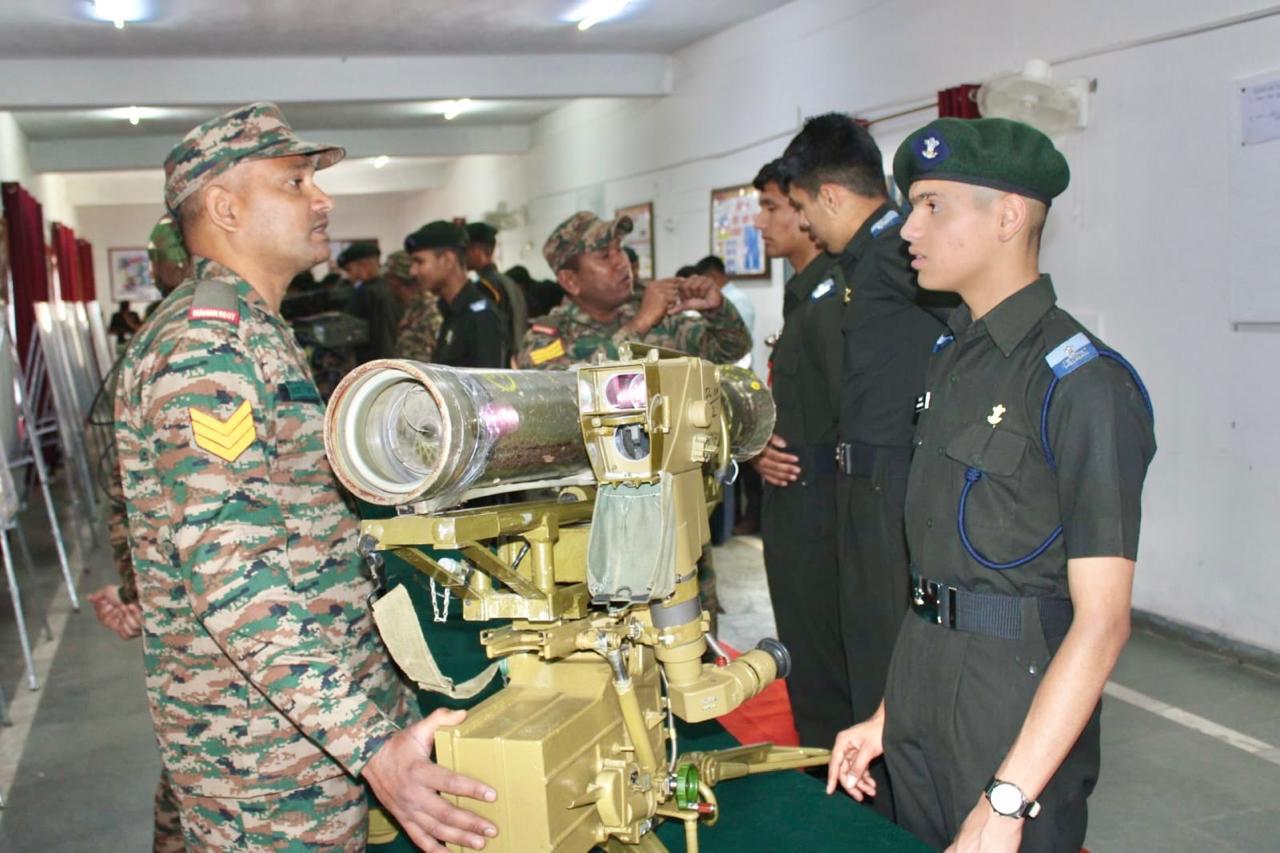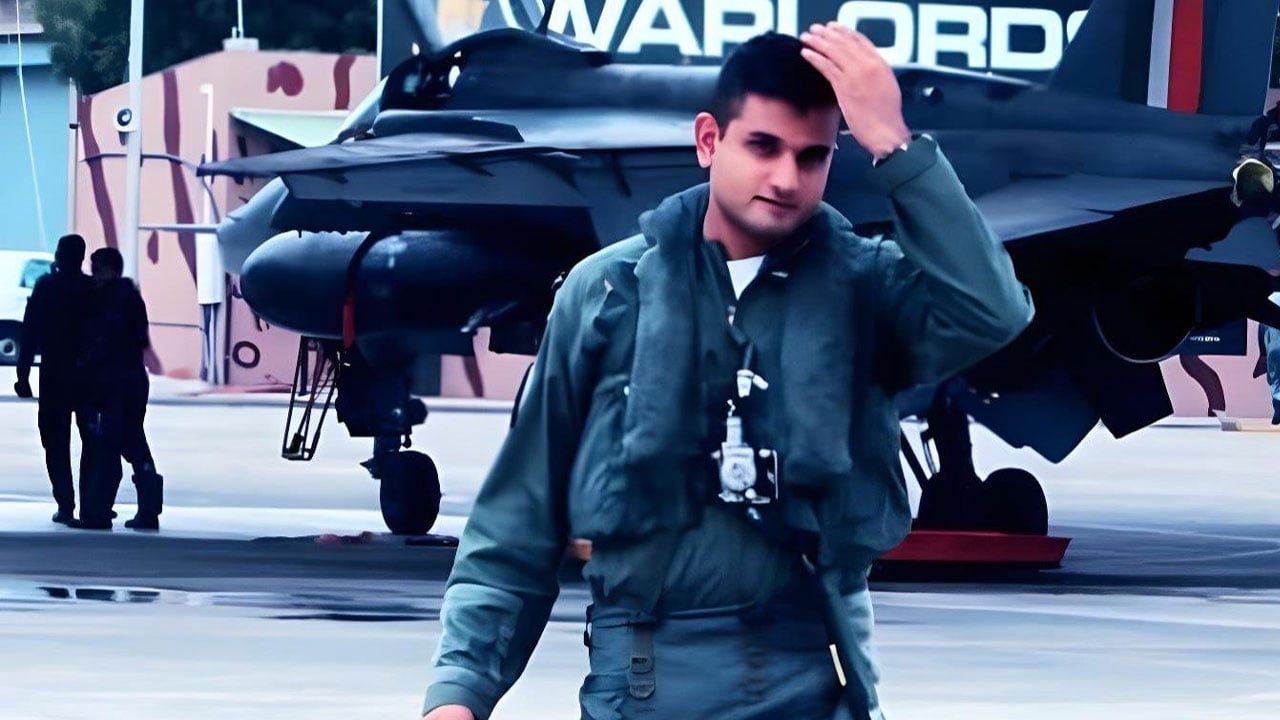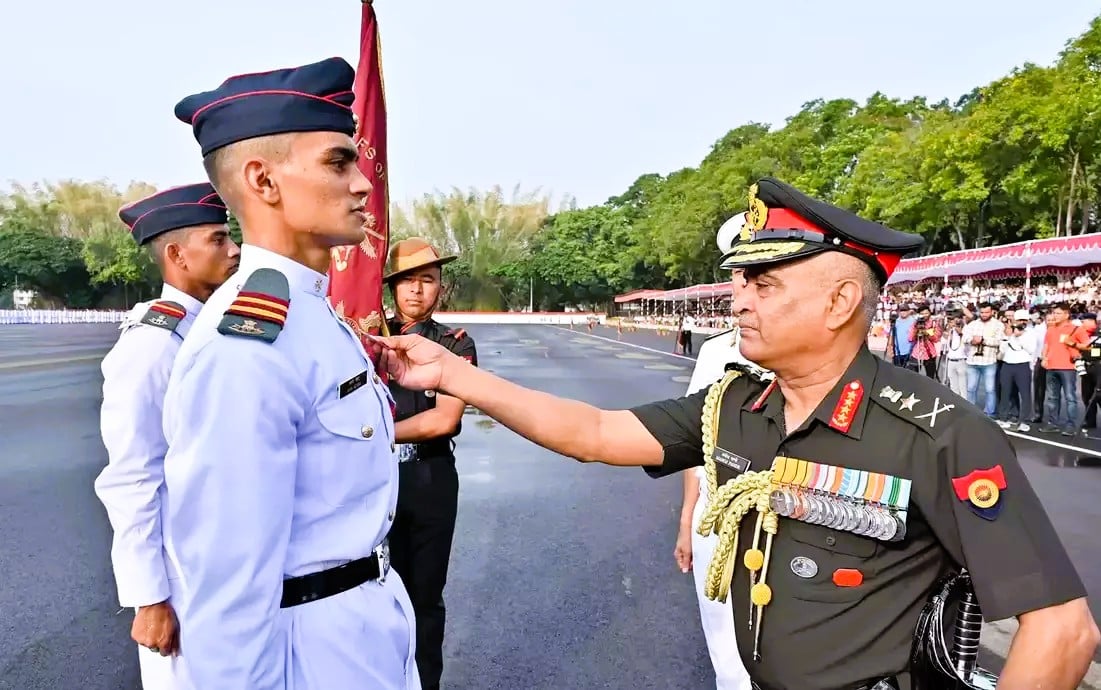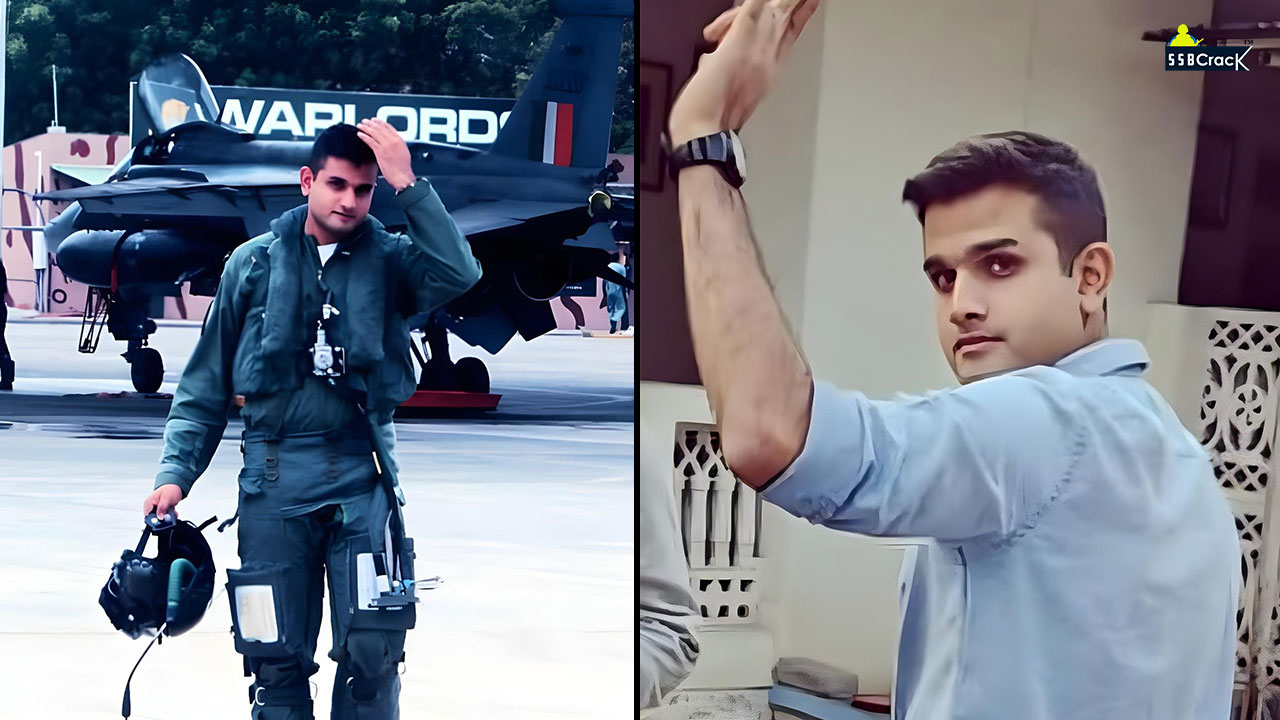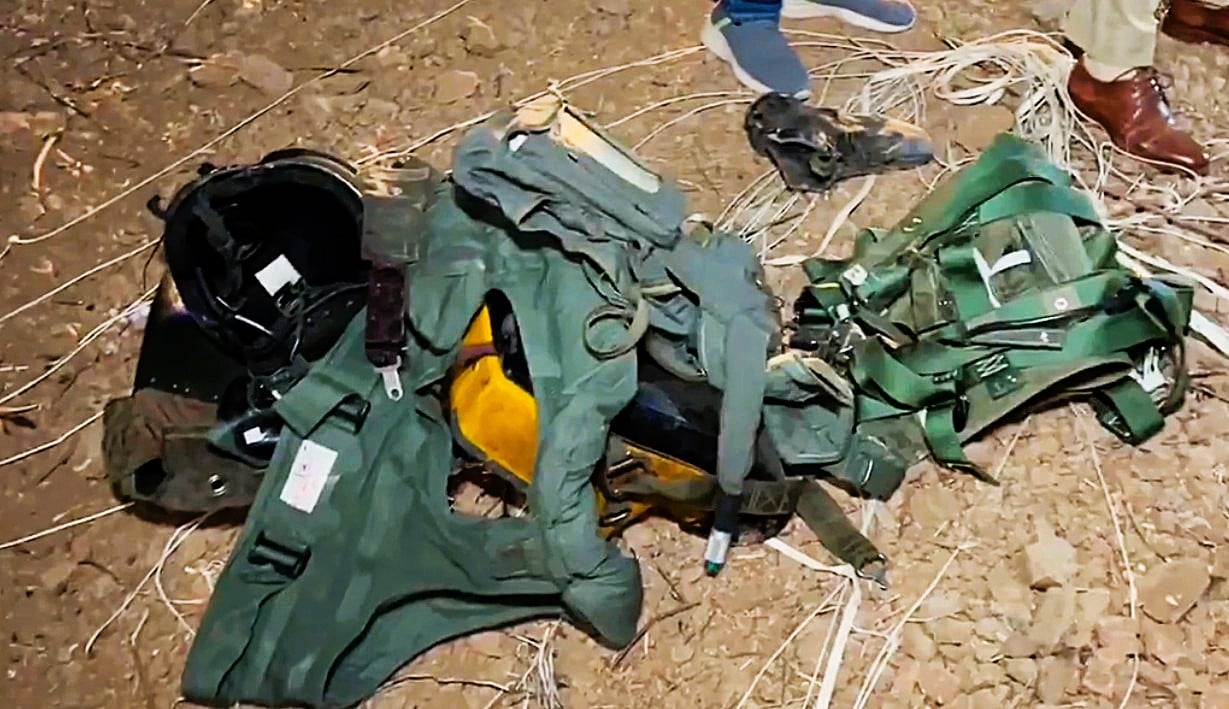From the DRDO Chief on the Upcoming Tejas Mark-2 Aircraft to Pakistan’s Secret weapon against the Indian Airforce. SSBCrack will bring you up to speed with everything happening in the world of Indian Defence!
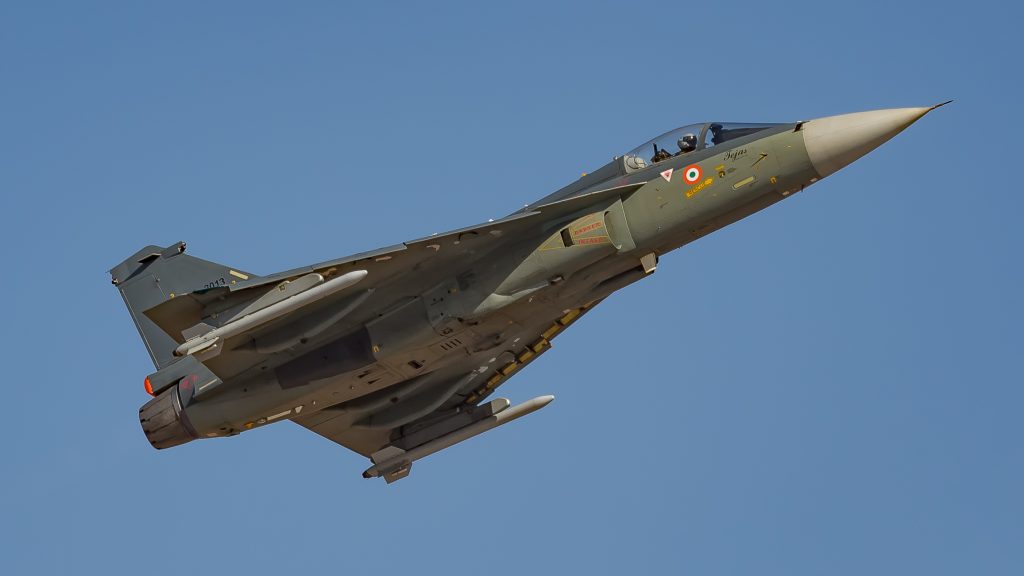
Tejas Mark-2 Medium Weight Fighter to start flight by 2022 and have higher Indigenous Content Says DRDO Chief:
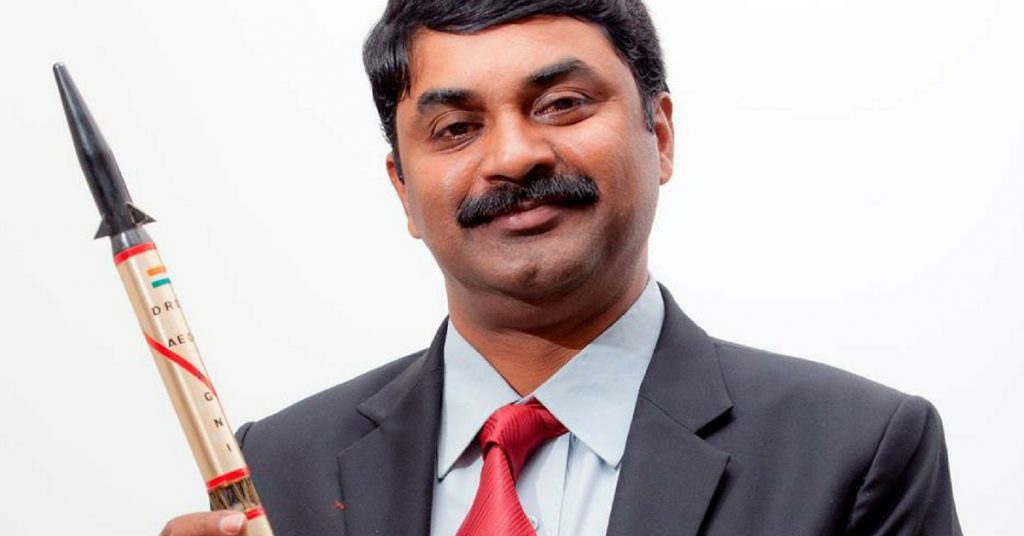
DRDO Chairman Dr. G. Satheesh Reddy has informed the local media that the developmental design work on the upcoming Tejas Mark-2 Medium Weight Fighter is complete with pre-production to start by 2019 end. The DRDO Chief further spoke about the new variant of the Tejas to be built with more indigenously developed content as compared to the IAF’s Tejas Mark-1.
India and Japan to resolve the impasse over the procurement of US-2 amphibious aircraft:
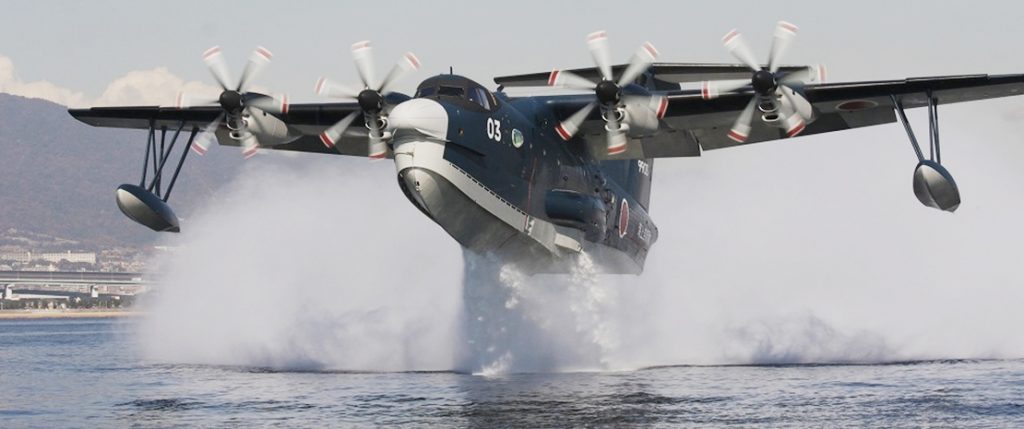
Japan is in discussions with India to solve the long-drawn deadlock over the acquisition of US-2 amphibious aircraft by the Indian Navy and hopes that a solution will be found soon, Kenji Hiramatsu, Ambassador of Japan in India said here on Saturday. ShinMaywa US-2 is a Japanese large STOL amphibious aircraft designed for air-sea rescue work. The Indian government is reportedly in talks with Japan to procure about 12 of those aircraft. (Source idrw.org)
China successfully launches the most massive reusable rocket:
China’s first private rocket company LinkSpace, successfully launched its independently developed reusable rocket from Northwest China’s Qinghai Province on Saturday morning. This is the largest and most advanced reusable rocket in China. The 8.1-meter-long RLV-T5 rocket flew to a designated height of 300 meters and then safely landed with a landing accuracy of 7 centimetres in 50 seconds, according to a release the company sent to the Global Times on Saturday.
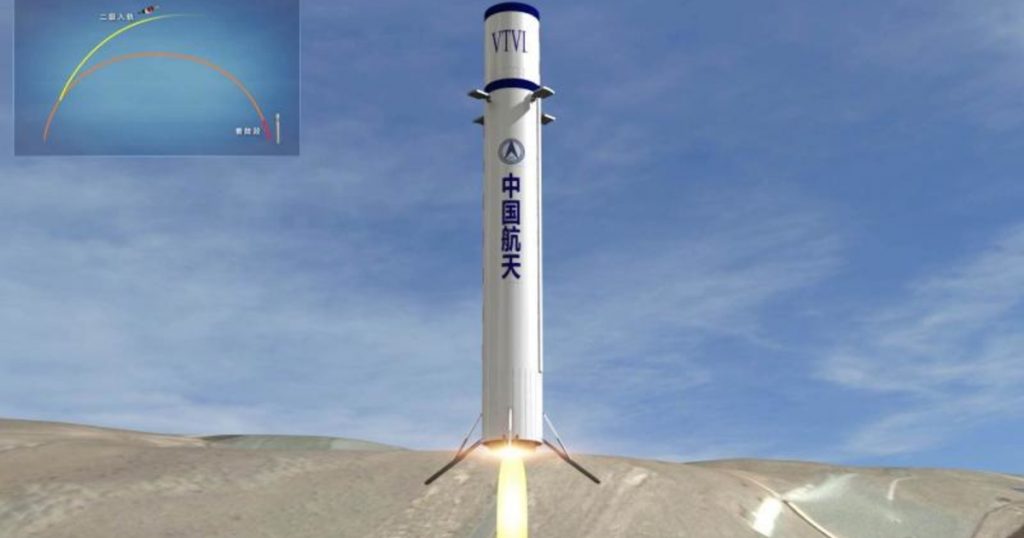
“This is a new milestone in China’s reusable rocket research,” Wan Mei, vice president of LinkSpace, said to the China News Service. The release stated that the new rocket can be reused multiple times and has other advantages such as low test cost and a capability of rapid iteration.
The launch also successfully tested several other requisite technologies for reusable rockets, including new ignition and launching technology, and technology of parallel connection of multiple engines. The company announced a project of a newer reusable rocket, RLV-T6, on the same day. The forthcoming 14-meter-long rocket can be launched more than 100 times a year, after the technology is fully prepared and perfected, according to the report.
LinkSpace is China’s first private company that has the objective of researching and developing aerospace system products. The company launched its first rocket in October 2018, named ZQ-1 and carrying a small satellite for State broadcaster China Media Group, from the Jiuquan Satellite Launch Center, Northwest China’s Gansu Province.
(Source Global Times)
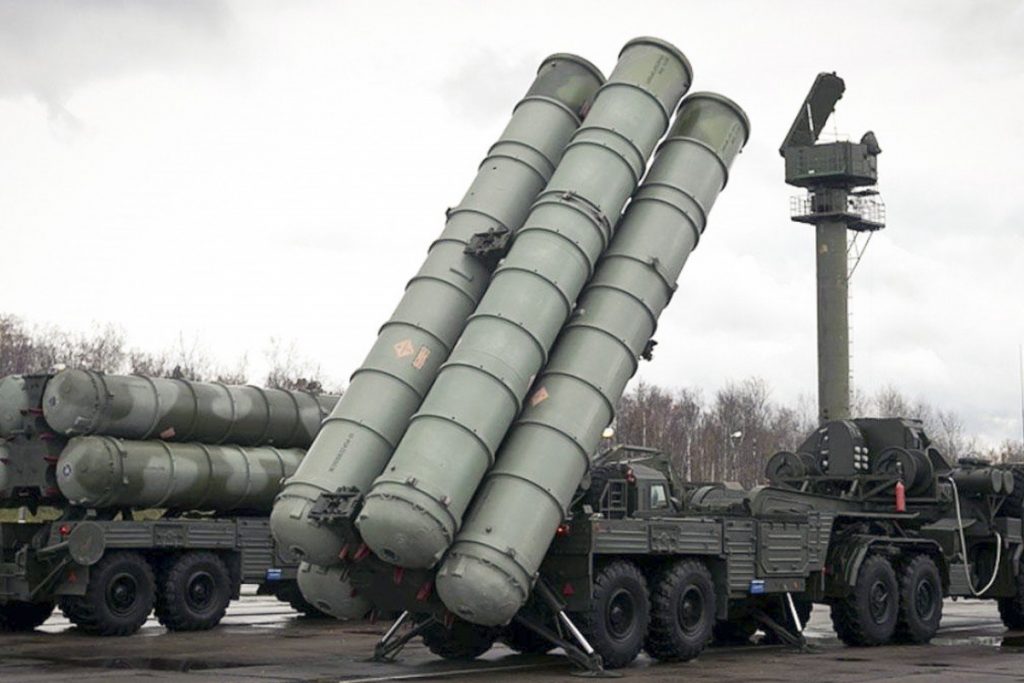
S-400 is the best Anti-Aircraft Missile System in the World: Indian envoy to Russia:
Indian envoy to Russia, Bala Venkatesh Varma has called the S-400 missile defence system “the best in the world”.
Speaking to a Russian daily, the envoy said, “We have no doubt that the S-400 is the best anti-aircraft missile system in the world. India is glad to have S-400, made in Russia, in its armed forces.”
He was confident that “fulfilment of contractual obligations will continue in accordance with the provisions of the document. “India will be getting all the units of Russian S-400 by April 2023. The minister made the announcement of the state of defence Sripad Naik in a written statement in Lok Sabha.
India had signed the missile deal in October 2018 during Russian President Putin’s visit. The deal was worth $5 billion ensuring the advanced long-range surface-to-air missile would become a crucial weapon in India’s arsenal.

However, the Trump administration had warned that the deal would have serious implications for India even though no specific details were put forward by the US. India feared US sanctions under the Countering America’s Adversaries Through Sanctions Act (CAATSA) instituted by the US Congress on arms purchases from Russia, but it did not transpire after Indian officials communicated India’s defence requirements to Trump’s officials.
The Indian government in the Parliament said that “It takes Sovereign decisions based on threat perception, operational and technological aspects to keep the Armed Forces in a state of readiness to meet the entire spectrum of security challenges.” India’s external affairs minister S Jaishankar will be visiting Moscow by the end of August during which he will be meeting Russian foreign minister Sergey Lavrov.
(Source WHO News)
China’s JF-17 Fighter: Pakistan’s Secret Weapon against the Indian Air Force?:
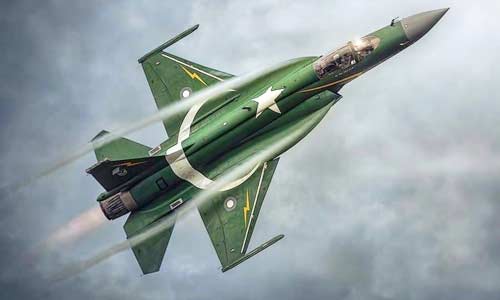
The 2019 India-Pakistan border skirmish resulted in major shake-ups within the Indian Air Force (IAF). The most accepted narrative, that of a loss of an IAF MiG-21 Bison to no damages of the Pakistan Air Force bodes poorly for the IAF. But interestingly, according to a July interview, the battle marked one of the first “hot” use of Pakistan’s new Chinese JF-17 “Thunder” fighters, However, this doesn’t mean that a JF-17 could kill with a missile at that range. The JF-17’s primary beyond-visual-range (BVR) armament is the PL-12 missile, which is still undergoing integration (as of February 2019). During the actual border air skirmish, PAF F-16s lobbed AIM-120C-5 AMRAAM missiles at similar ranges, which forced IAF aircraft to go defensive to dodge the missiles, but no kills were scored.
As the PL-12 is said to have the same range to the AMRAAM, its kinematic performance at the range is likely similar, and it too wouldn’t be able to score a kill.
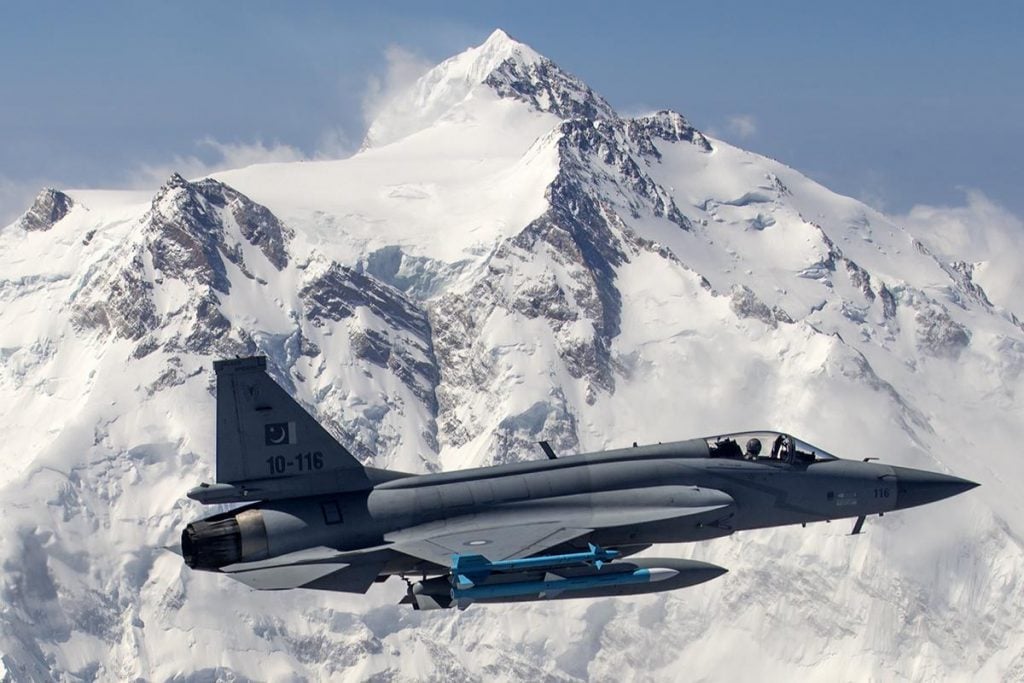
But if the JF-17 allows the pilot to “lob” a missile at planes at such ranges, it still might be a step ahead of the IAF’s Su-30MKIs. According to an NDTV report, the Russian R-77 missiles cannot engage targets past 80 km.
Despite the Su-30’s missile limitations, the JF-17 pilot said that the Su-30 was one of the most formidable threats the PAF faces. This is likely due to the reliable engines and maneuvering capability of the Su-30, which allows it to recover energy quickly after maneuvering and makes it hard to shoot down in a within visual range (WVR) engagement.
Interestingly, the pilot then goes onto state that he’s not that afraid of the Su-30 because he’s trained against F-16s with AMRAAMs, which he thinks is a far superior missile. The pilot also states that the MICA on the Mirage is also a significant threat.
This suggests that the pilot probably thinks that the fight will be primarily decided, or mainly influenced by the BVR stage of the engagement and that the JF-17’s capabilities in that arena are competitive to the F-16 and Mirage. However, the pilot does say that the JF-17’s limited BVR loadout is its chief weakness, as most models of the JF-17 can only carry four BVR missiles, compared to the Su-30MKI which can take eight or more.
The pilot also gives good marks to the JF-17 for reliability, flight characteristics, and maintenance. As the JF-17 is one of China’s “clean slate” designs, this bodes well for the reliability characteristics of the current generation of Chinese aircraft. However, the JF-17 still uses a Russian engine, and the PAF rejected offers to use Chinese engines in their JF-17s in 2015. Engines remain a critical weakness in the Chinese aerospace industry.
(Source National Interest) .

